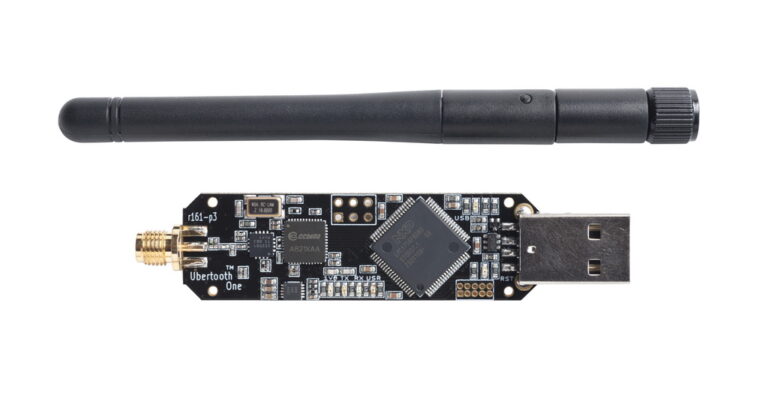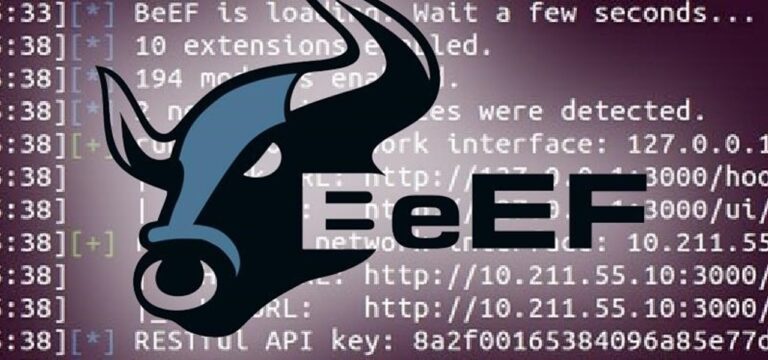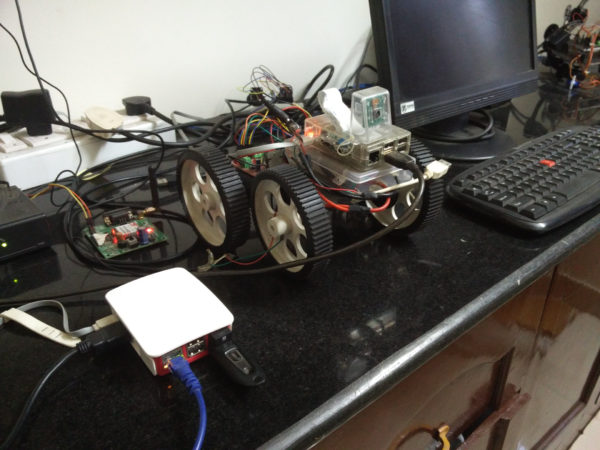Security Operation Center is becoming more and more Important – What is SOC and why do we need it?
Introduction to SOC
Thanks to technological developments, crucial company information may now be stored, shared, and accessed from anywhere. Data protection is more difficult than ever since hackers are utilizing increasingly sophisticated tools and methods. Organizations may find it difficult to play catch-up if they try to handle all issues that develop in-house as the dangers and repercussions of cyber security breaches continue to grow.
Companies of all sizes require a formal organizational structure in order to build an effective procedure for detecting, mitigating, and preventing information security breaches. This structure must be able to assume responsibility for information security. A security operations center, often known as a SOC, is where you’ll find help in this situation.
What is SOC or Security Operation Center?
Employees in this command center for information security design, implement, and refine an enterprise cybersecurity program and also deploy, manage, and upgrade the security technologies and tools essential for thwarting data breaches. This is the origin of SOC! One of the primary defenses against hacks and data breaches is a security operations center or SOC.
What are the different components of SOC?
Experts in cybersecurity and highly-trained engineers staff the Security Operations Center. SOC is unique among IT departments due to its focus on conducting complex IT security activities.
Usually, the SOC Consist of 8 main components –
- Log Manager
- Tools for Proactive Monitoring of Resources
- Cyber Security Executives
- Anti-Virus, IDS, or IPS for Intrusion Detection and Prevention
- Well Laid Rules and Procedures
- Compliance
- Threat Detection team
- Incident Response
The SOC keeps an eye on everything at all times. For this purpose, it employs a wide variety of computer applications and employs specialized security methods in order to discover any vulnerabilities in the network.
Threat detection and investigation are both improved by machine learning. Adopting a security framework that streamlines the incorporation of security solutions and threat intelligence into operational procedures is crucial to achieving an optimal security operations model.
Why is SOC Important?
The Security Operation Center (SOC) is a centralized function that is located at the heart of an organization. Its primary responsibilities include protecting against, detecting, analyzing, and responding to attacks on the organization’s security, as well as monitoring and improving the security posture of the organization. If this is the case, then why don’t more businesses have a SOC? The primary reason for this is the cost. Simply purchasing the necessary hardware and software for sensors is an expensive endeavor on its own. But that is nothing compared to the cost in human lives.
At this time, many businesses are having trouble dealing with various security issues. Because it draws on the knowledge of a wide variety of specialists, the SOC plays an important strategic role in ensuring the integrity of the IS. In point of fact, it makes it possible to strengthen the security governance of the organization as a result of the analysis that it presents as well as the constant activities in terms of improvement.
Advantages of SOC
Better Visibility
In order to properly secure a network with such a wide variety of components, it is necessary to implement a solution that integrates network visibility. This is made possible by the technologies that are utilized in an efficient SOC, which makes it possible for a company to achieve full visibility into its network architecture as well as potential attack vectors.
Continuous Protection
The security operations centers are operated around the clock, every day of the year. It is essential to maintain this level of monitoring without interruption in order to identify the first possible indicators of abnormal behavior.
Your company will have access to personnel and technologies that will be working around the clock as part of a SOC to identify, isolate, and respond to any threats that may be directed toward your company.
Threat Prevention
Through vigilant monitoring of both hardware and software, SOCs are able to identify emerging dangers at an earlier stage. You can rely on the services provided by a security operations center to identify any potentially harmful activity at the beginning stage, preventing them from causing damage to your network.
Rapid Alerting
The prevention of data breaches of any kind and the mitigation of losses brought on by cybercrime are the primary goals of the security operations center. The majority of the SOCs, if they are properly built, have the ability to send high-speed alerts in real-time or near real-time, which enables us to take action even before an attack has taken place.
Maintaining Compliance
The SOC is able to assist in conducting routine audits of the systems to ensure that they are in accordance with the regulations that have been published, which may be provided by their company, by their industry, or by governing authorities.
Trust in Business
The protection of a company’s sensitive information has a direct bearing on its credibility and trustworthiness in the marketplace. Customers and staff are more likely to have faith in your company when they know that their personal information is protected. Your customer base will eventually expand significantly as a result of this.










